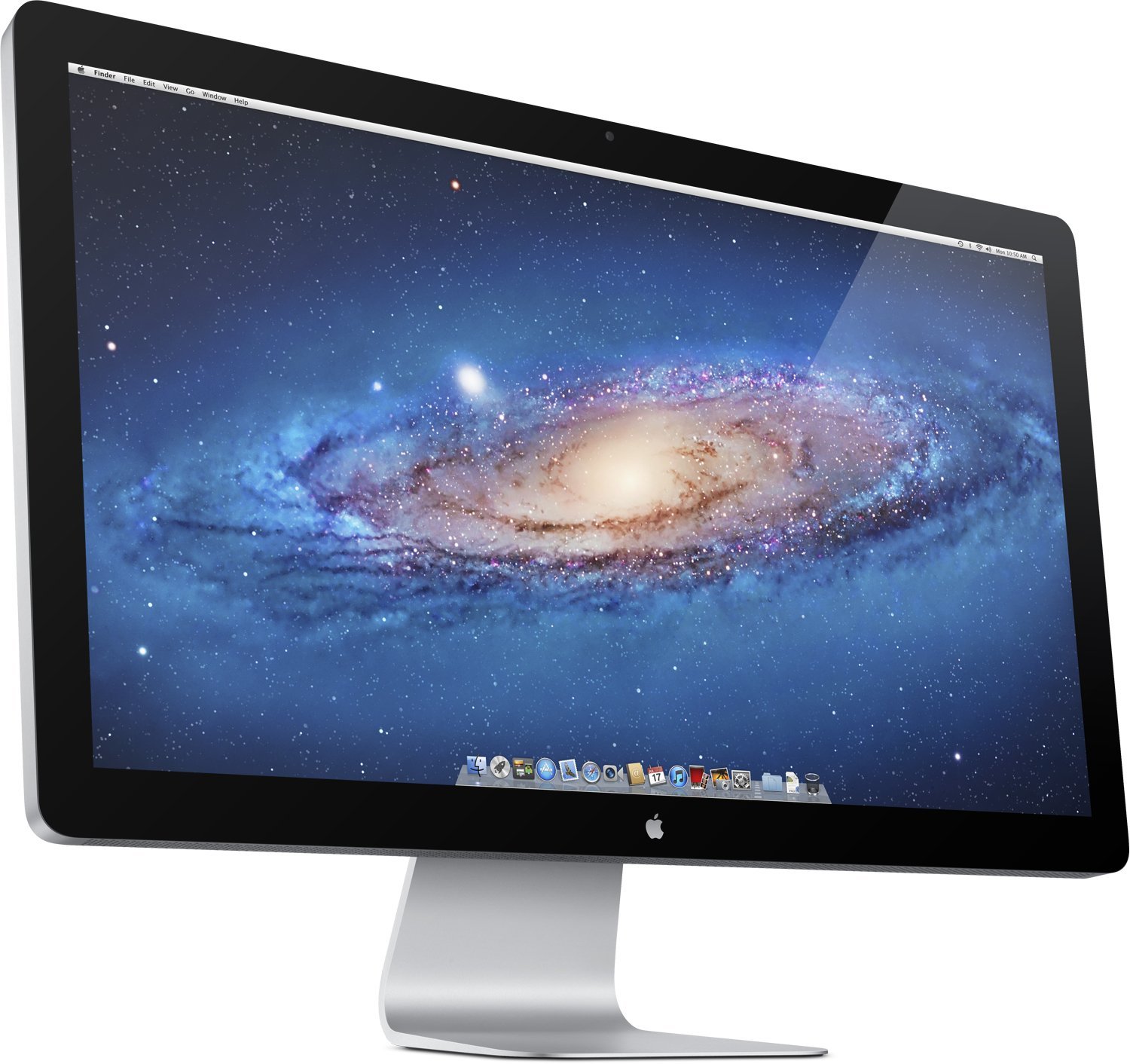On Monday, Apple is planning to take the stage and introduce the first round of brand new product releases for the year, with at least one highly anticipated, namely the new 9.7 inches iPad Pro. The rest of this year will be rather difficult to predict, as many Mac products have gone through some substantial updates throughout 2015, which may leaves us wondering if Apple is finally looking to update some of its overwhelmingly neglected product lines, such as the Thunderbolt Display.

The Apple Thunderbolt Display was last updated in 2011, and it’s still priced at $999. Its resolution was considered “astonishing” back in 2011, however, compared with the latest iMac Retina 5K, or any number of 4K and 5K standalone computer displays on the market, for both PCs and Macs, it falls short in both resolution and cable management.
Among some of the theories circulating in regard to why the Thunderbolt display has been neglected this long, without any official indication of a discontinuation of the line, may be due to a possible reboot of the Mac Pro, currently the only truly high-end product in Apple’s lineup that could make use of a standalone display with extraordinary specs, unless a revamped Mac Mini makes a surprise appearance.
If that were the case, the delay would finally make sense, as a refresh of the display, clearly targeted to professionals and power users, would feature a much needed simplification of the rear panel cabling, which in a modern version would only require one USB Type-C cable, for delivery of data, audio, video, and power. This of course would lead to support for 4K, 5K and higher resolutions available to owners of a hypothetical 2016 Mac Pro, with built-in USB Type-C connectors.
While we’d love to speculate on a product that most likely does not yet exist, unless in the mind of Joni Ive and Tim Cook, that could turn into a pointless feat, as Apple might surprise us all with something completely different in the realm of high-end workstations.
There’s even a possibility that Apple might abandon the route of high-performance computing, to focus on consumers and distributed computing in the form of cloud services, which could mean, no more updates for either the Thunderbolt Display, or the Mac Pro.
The latter idea, as terrifying as it seems to some who still remember the glory days of owning an Apple Mac G4, or landing an internship at Silicon Graphics, may have roots into the fact that high-end computing, in the traditional sense, is a niche market with very little hope for return from consumers, including power users, in the modern world, with the exception of the gaming PC category.
By that token, Apple has never shown a vivid interest in high-end gaming, unless there is something to that effect that Apple may be working on, though unlikely.